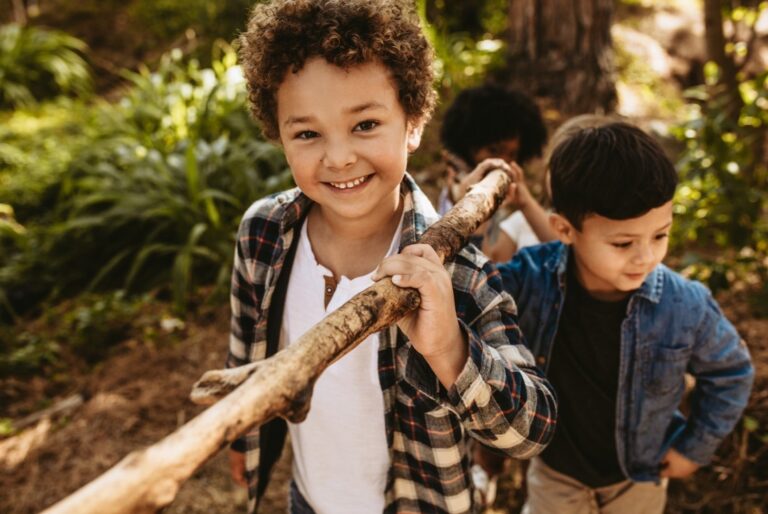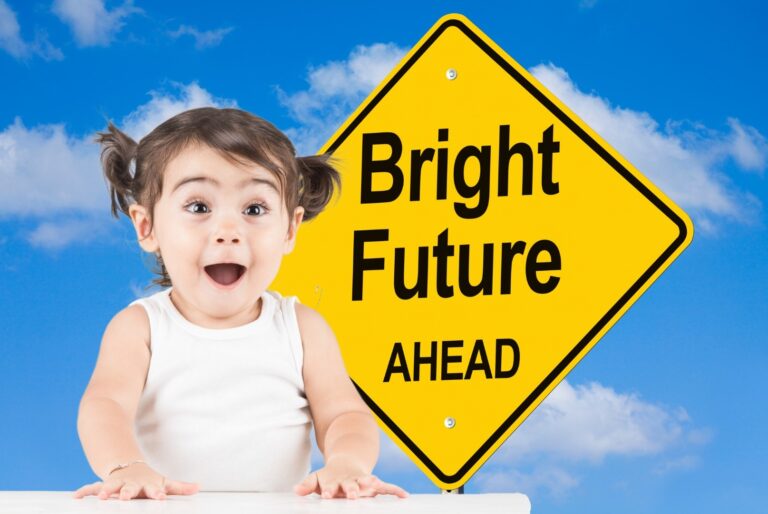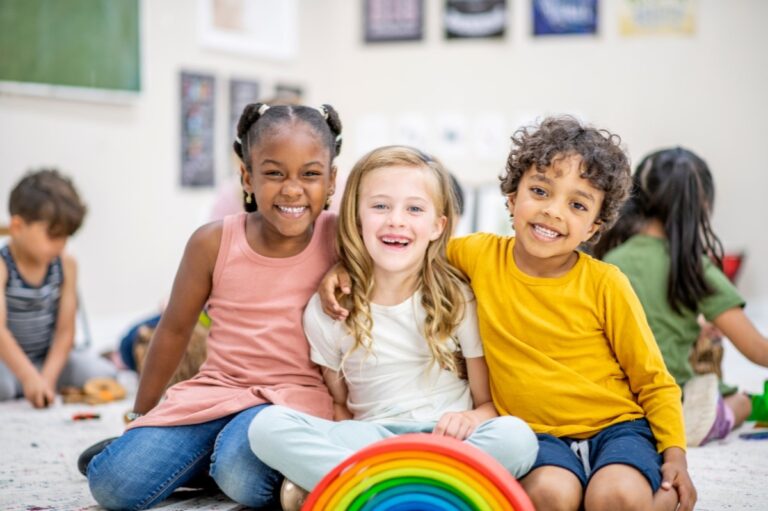Embracing Positivity in a Negativity-Biased World
In the intricate labyrinth of our minds lies an ancient survival mechanism—a predisposition towards negativity. Let’s uncover the mysteries surrounding this phenomenon and delve into actionable strategies for fostering positivity in a world often overshadowed by pessimism.
Evolution has finely sculpted our brains, endowing us with a natural inclination towards negative stimuli—a legacy of our ancestors’ struggle for survival in the perilous landscapes of ancient times. This negativity bias once served as a crucial early warning system, alerting us to potential threats and dangers. Even today, echoes of this ancestral heritage persist, shaping our perceptions and responses in the modern world.

Neuroscience provides fascinating insights into the mechanisms driving our proclivity for negativity. Deep within the brain’s limbic system, the amygdala—a small, almond-shaped structure—plays a central role in processing emotions, particularly fear and anxiety. Its heightened activity in response to negative stimuli reflects our brain’s inherent tendency to prioritize threat detection—a trait deeply rooted in our evolutionary past.
Furthermore, scientific studies suggest that negative experiences leave a more lasting imprint on our neural pathways than positive ones—a phenomenon termed the negativity bias. This imbalance in emotional processing not only colors our perceptions but also influences our decision-making, interpersonal interactions, and overall well-being.
To thrive as a species, we must conscientiously train our minds to magnify positivity amidst challenges. While adept at spotting threats, fostering a growth mindset enables us to uncover opportunities within obstacles.
By conscientiously training our minds to magnify positivity amidst adversity, we harness the latent power of neuroplasticity—the brain’s remarkable capacity to rewire itself in response to experience. We need not be constrained by our predispositions; instead, we possess the agency to transcend them. This journey is not only for our personal fulfillment but also for the empowerment of future generations, paving the way for lives filled with purpose and meaning.

Practical strategies rooted in neuroscience offer pathways to harness the transformative power of positivity. Mindfulness practices, such as meditation and gratitude journaling, have been shown to modulate neural activity in regions associated with emotional regulation and resilience. By fostering present-moment awareness and cultivating an attitude of gratitude, we can counteract the insidious effects of negativity bias.
As educators and advocates for early childhood development, it’s incumbent upon us to impart these invaluable insights to future generations. By equipping children with the tools to navigate the complexities of their inner landscape, we empower them to transcend negativity and embrace the boundless potential of positivity. Cultivating a growth mindset is not just beneficial but indispensable for their holistic flourishing.
While our brains may instinctively gravitate towards negativity, we are not beholden to its whims. Through understanding the intricate interplay of biology and experience, we can embark on a journey of self-discovery and transformation. Let us harness the latent power of neuroplasticity to rewire our minds, forging a brighter, more resilient path forward in a world brimming with possibility.

Positivity – Debunking the Myth of Inauthenticity
In today’s society, the concept of positivity seems to be facing an unexpected adversary – authenticity. It’s a curious phenomenon that deserves our attention, especially considering the profound impact positivity has on our well-being and success. Let’s delve into this intriguing topic.
Firstly, let’s address a common misconception – being positive does not equate to being inauthentic. In fact, authenticity and positivity can coexist harmoniously, each enriching the other. Authenticity involves being true to oneself, acknowledging and expressing genuine emotions. Positivity, on the other hand, encompasses an optimistic outlook and constructive mindset.
Neuroscience provides valuable insights into why positivity is crucial for our mental and emotional health. When we experience positive emotions, such as joy, gratitude, or hope, our brains undergo remarkable changes. The release of neurotransmitters like dopamine and serotonin creates a cascade of effects, enhancing mood, cognition, and resilience. These neural pathways not only foster a sense of well-being but also bolster our ability to navigate challenges effectively.
Contrary to popular belief, embracing positivity does not mean denying or suppressing negative emotions. Instead, it involves cultivating a balanced emotional landscape where both positive and negative feelings are acknowledged and managed appropriately. Research indicates that individuals who practice emotional regulation exhibit greater psychological flexibility and adaptive coping strategies.

So, why has positivity acquired a negative connotation in some circles? One possible explanation lies in the misunderstanding of what it truly means to be positive. Forced or insincere positivity can indeed come across as disingenuous, undermining trust and authenticity. However, genuine positivity stems from a place of authenticity, rooted in self-awareness and emotional intelligence.
Moreover, societal norms and cultural influences may play a role in shaping perceptions of positivity. In a world inundated with challenges and uncertainties, the allure of cynicism or pessimism can seem more appealing to some. Yet, neuroscience reminds us that our brains possess remarkable plasticity, capable of rewiring ingrained patterns of thinking and behavior.
As educators and influencers in early childhood development, it’s imperative that we instill a balanced perspective on positivity. By fostering emotional literacy and resilience from a young age, we empower future generations to embrace positivity authentically. This entails teaching children not to suppress negative emotions but to embrace them as valuable signals for growth and self-discovery.
The neuroscience of positivity reaffirms its intrinsic value to our well-being and success. Authenticity and positivity are not mutually exclusive but rather symbiotic components of a fulfilling life.
By understanding the intricate workings of our brains, we can dismantle the myth of inauthentic positivity and cultivate a culture of genuine optimism and resilience. Let’s embark on this journey together, celebrating the beauty of authenticity intertwined with the transformative power of positivity. After all, in the tapestry of human experience, both light and shadow contribute to the richness of our existence.

Elevate your teaching skills and stay ahead of the curve! Receive our monthly Insights, packed with professional development opportunities, classroom inspiration, and the latest trends in education. Don’t miss out on the chance to take your teaching to the next level. Subscribe now!







